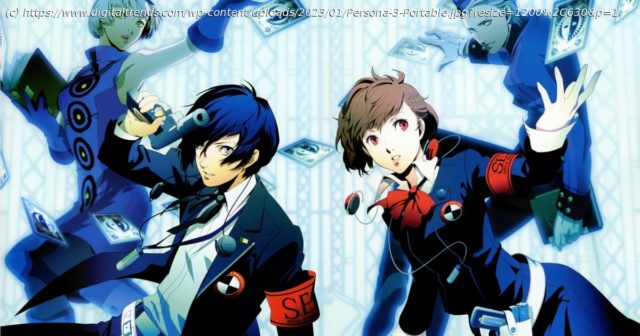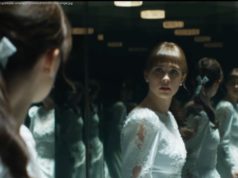Persona 3 Portable may feel retro in comparison to Persona 5, but the remaster shows just how well the series has evolved.
In 2006, developer Atlus would pave its future with an important game release: Persona 3 for the PlayStation 2. It was a smash-hit, finally taking the JRPG series mainstream in a way that its first two games didn’t. Persona 3 laid the groundwork for what would eventually be Persona 5’s monumental mainstream success and Atlus’ crown jewel.
Now, fans have a chance to return to the groundbreaking RPG with its latest remaster, which brings its PlayStation Portable version, Persona 3 Portable, to modern platforms including Nintendo Switch, PlayStation 4, Xbox, and PC. The rerelease lets new fans experience the genesis of now iconic gameplay systems like its influential social component and its “One More” battle system.
For those coming to Persona 3 for the first time here, the trip down memory lane might feel a little jarring at first. Persona 5 would significantly expand its gameplay one decade later, leaving the rerelease feeling retro in comparison. Even so, those who were introduced to the series through Persona 5 will still find plenty of reasons to dive into Persona 3, thanks to a fantastic story and characters that have aged more gracefully than its systems.
At first glance, Persona 3 Portable can feel like a relic, something emphasized by the way Atlus chose to compress the game onto the PSP. One of its biggest concessions is that it’s presented in a point-and-click visual novel format instead of having a 3D character model able to roam around like in Persona 4 Golden or Persona 5. As such, static sprites are placed in background areas and characters are interacted with via cursor.
The point-and-click presentation may feel jarring to newcomers, but I find that it imbues the game with a charming, retro feel. And though that can be dated, the 3D models and environments were kept where it really matters: in battles and Tartarus exploration.
Sometimes, certain scenes in the story don’t land as hard because of Portable’s limited presentation. In the PS2 version, you can see the entire main cast gathered around a table as one character paints a picture of the story’s main antagonist. You can feel the urgency and dread in the room as the cast focuses intensely on their words. That tension is lost in Portable, where character cutouts only appear on the screen for those who are currently speaking and the rest of the cast isn’t in view.
Домой
United States
USA — software Persona 3 Portable’s modern remaster shows how far the series has come






